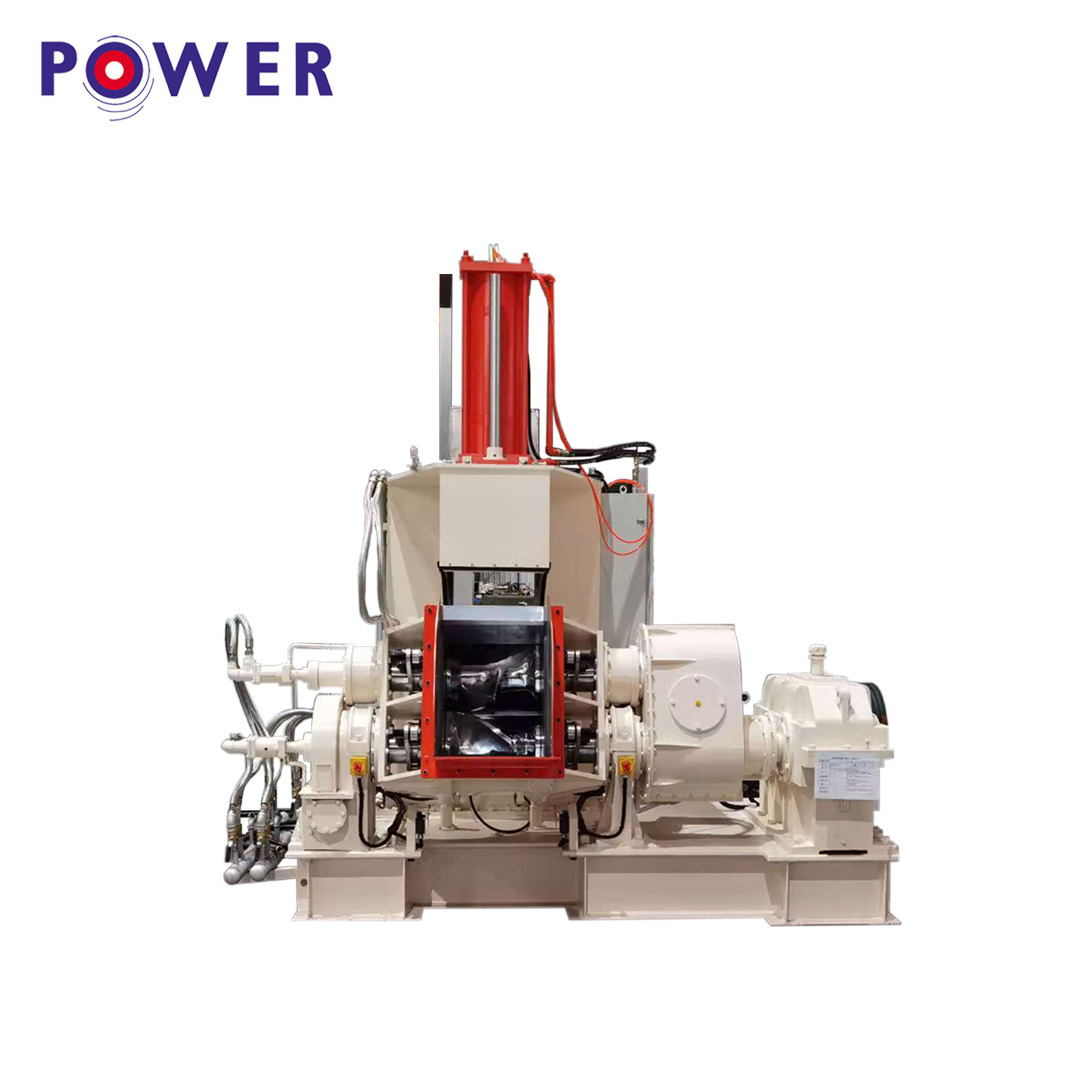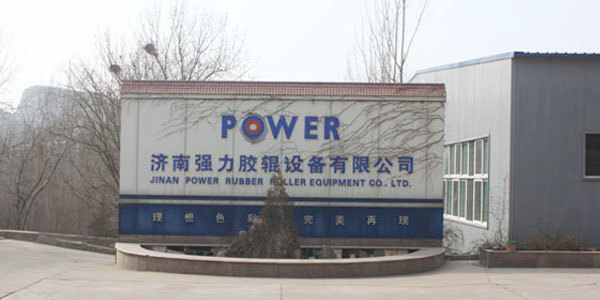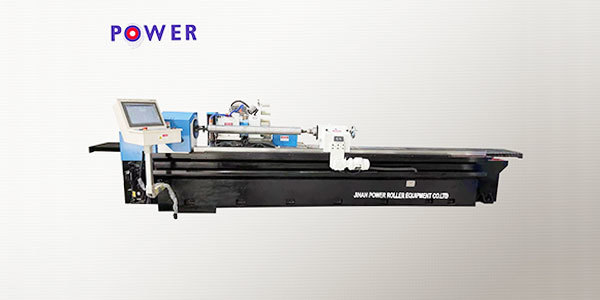
The principle and application of rubber internal mixer: in-depth understanding of rubber roller equipment plasticizing
Release time:
2025-07-03
The principle and application of rubber internal mixer: in-depth understanding of rubber roller equipment plasticizing

In the manufacturing industry, especially in the rubber industry, the mixing and mastication process of rubber is essential to produce high-quality rubber products. At the heart of this process is the rubber internal mixer, a piece of equipment specifically designed to ensure that rubber compounds are thoroughly and evenly mixed. This article explores the working principle of the rubber internal mixer, its applications, and the role of rubber roller equipment in the mastication process.
Learn about rubber mixers
Rubber mixers are mainly used for plasticizing and mixing rubber. The plasticizing process involves converting raw rubber into a processable state so that it can be shaped and made into various products. The plasticizing process is achieved by applying heat and mechanical energy,Rubber Mixing Mill, which breaks down the molecular structure of the rubber and makes it more flexible.
There are many different designs of rubber mixers, but the most common types are internal mixers and open mixers. Internal mixers, such as the Banbury mixer, use a closed mixing chamber where the rubber is intensely mixed and heated. Open mixers, Rubber Banbury Mixer,on the other hand, consist of two counter-rotating rollers that create a shearing action that allows for efficient mixing of the rubber compound.
Mixing principle
The mixing principle of the rubber mixer is mainly centered around the concept of achieving uniform mixing of materials. This process is achieved through several key steps:
1. Mechanical Energy Application**: Rubber mixers apply mechanical energy to rubber compounds, which helps break down polymer chains and facilitates mixing of additives, fillers and other ingredients.
2. Heat generation**: During the rubber mixing process, friction generates heat, which promotes the plasticization process. The temperature must be strictly controlled to avoid overheating and rubber degradation.
3. Shear: The mixer is designed to generate shear forces to promote material dispersion. In an internal mixer, the rotors create a high shear environment, while in an open mixer, counter-rotating drums provide different shear characteristics.
4. Time and speed: Mixing time and the speed of the drum or rotor are key factors affecting the final properties of the rubber compound. The optimal mixing time and speed must be determined based on the specific formulation.
Application of rubber internal mixer
Rubber mixers are widely used in various industries. The most noteworthy applications include:
1. Tire Manufacturing: The tire industry relies heavily on rubber mixers to produce rubber compounds with the durability, flexibility and performance characteristics required for tires. The mixing process ensures that the rubber is thoroughly mixed with reinforcing agents such as carbon black and silica.
2. Automotive parts: Rubber mixers are used to manufacture parts such as seals, gaskets and hoses. These parts must withstand extreme conditions, and the mixing process ensures that the rubber has the right properties to extend its service life and improve performance.
3. Consumer Goods: Many everyday items, such as rubber bands, footwear, and toys, are produced using rubber mixers. Custom rubber formulations enable manufacturers to create products that meet specific consumer needs.
4. Industrial Applications: Rubber mixers are also used to produce industrial rubber products, including conveyor belts, mats, and protective covers. In these applications, the mixing process is critical to achieving the required strength and durability.
The role of rubber roller equipment in plasticizing and mixing
Plastication and mixing are key steps in the rubber mixing process, especially when using rubber roller equipment. "Plastication" refers to the process of making the material flexible or plastic, which is essential for rubber processing. Rubber roller equipment such as the mixing mill plays an important role in this process.
As the rubber is fed into the rubber roller mill, the rollers create a shearing action that helps the rubber break up and mix with the other ingredients. The gap between the rollers can be adjusted to control the thickness of the rubber sheet produced, allowing for precise control of the mixing process. This is especially important when using different types of rubber or adding various additives.
The combination of plasticizing, mixing and rubber roller equipment is able to produce high-quality rubber compounds that meet the stringent requirements of a variety of applications. The ability to achieve a uniform blend of materials ensures consistent properties in the final product, which is critical to performance and reliability.
in conclusion
In summary, the rubber mixer is an indispensable tool in the rubber industry, which facilitates the plasticization and mixing of rubber compounds. The application of mechanical energy, the generation of heat, shear forces, and precise control of mixing parameters all contribute to the efficiency of the rubber mixer. From tire manufacturing to consumer products, the application range of rubber mixers is very wide, and the importance of achieving a uniform mix cannot be overemphasized.
The integration of plasticating and rubber roller equipment further enhances the mixing process, enabling manufacturers to produce high-quality rubber products that meet the needs of a wide range of industries. As technology continues to advance, the efficiency and performance of rubber mixers will undoubtedly continue to improve, paving the way for more innovative applications in the future.
RELATED INFORMATION










